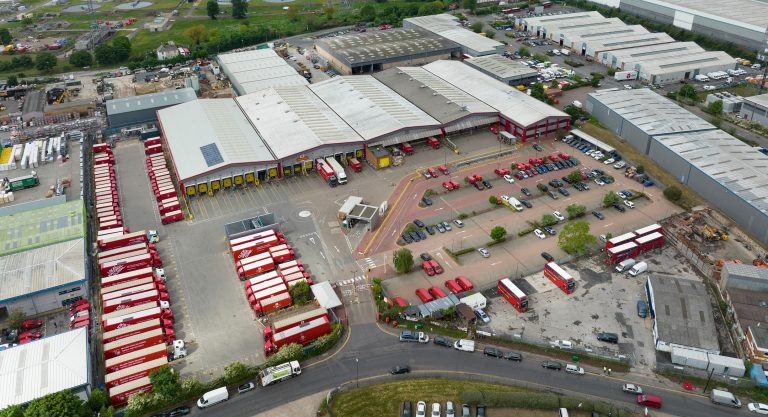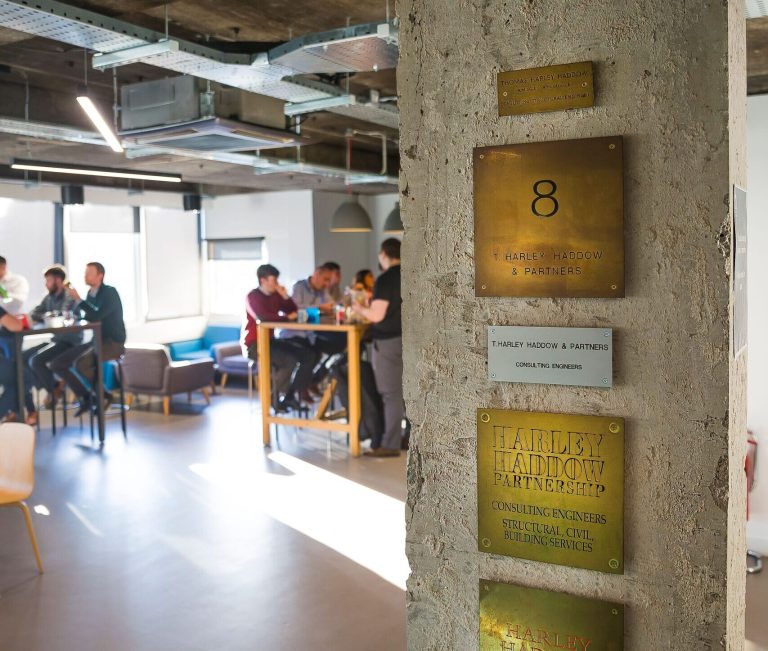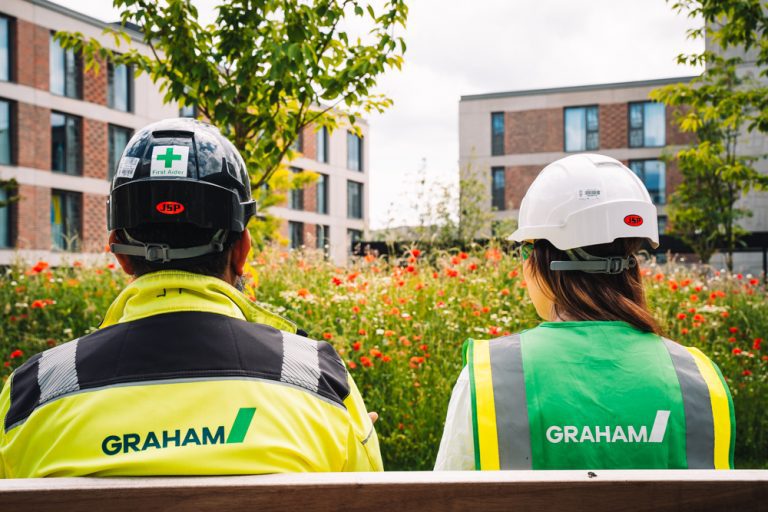Site Sold For Proposed New Major Employment Scheme Keyland Developments Ltd, the property trading arm of Kelda Group and sister-company to Yorkshire Water, has completed the sale of its Wakefield East site in West Yorkshire to Opus North and Bridges Fund Management for an undisclosed sum. A planning application for the 31-acre employment scheme, now branded ‘City Fields’, was recently submitted by Keyland. The indicative layout proposes employment space totalling up to 500,000 sq ft, which could generate around 800 new jobs for the local area. The majority of the commercial site will benefit from Class B2, B8 and E(g) consent for urban logistics, as well as industrial accommodation in a varied range of unit sizes, whilst also offering scope for the development of a trade counter scheme and associated pub/restaurant/drive-thru options. Previously part of the redundant Yorkshire Water Calder Vale treatment works, the site will now form a key strategic element of the overall City Fields development which, at 375-acres, will play a significant role in creating a new, important, and sustainable primary employment hub to the east of Wakefield. The site runs adjacent to the £33m Wakefield Eastern Relief Road (WERR) which opened in 2017. Regeneration of the broader City Fields community also includes the construction or (re)development of around 2,500 houses, a primary school, health facilities, district and neighbourhood centres. Appointed agents Avison Young and Knight Frank facilitated the sale of the land on behalf of Keyland with Square One Law acting as legal team. Carter Towler and Walker Morris advised the purchaser. Peter Garrett, Managing Director of Keyland Developments, said; “We are delighted that the sale has now completed and look forward to the planned development forming the main commercial element of this significant regional regeneration scheme.” Ryan Unsworth, Development Director of Opus North, said; “The acquisition of this strategic site continues our strategy of sustained growth in the northern commercial sector. The surrounding area has witnessed a considerable surge in investment and regeneration and the development of this pivotal site will make a further significant economic contribution. We are looking to commence works on site in early 2023 with a targeted completion of the first units later that year. In addition to bringing about new jobs, the development will help ease the well documented shortages of high quality industrial/commercial accommodation in the region.” Guy Bowden, Partner at Bridges Fund Management partner, added: “The City Fields development will allow us to revitalise a previously redundant site and create over 800 new jobs for the surrounding area. Aiming to incorporate important sustainable features into the design, this development will both benefit occupiers and provide the wider Wakefield community with a high-quality commercial and industrial hub, contributing to the catalysing of local economic growth. We are looking forward to working with Opus North on delivering another successful project.” Iain McPhail, Partner at Knight Frank, said; “City Fields is an exciting new commercial opportunity which benefits from not only access to the region’s motorway network via the M1 and M62, but also to Wakefield town centre itself. The site is ideally positioned to capitalise on the significant demand in the current market for urban logistics and distribution as well as manufacturing and trade.” Rob Oliver, Principal at Avison Young, added; “‘Due to the range of plots across the development, we have considerable flexibility and are able to accommodate a wide range of unit sizes. We are already talking to a number of businesses, some already local and looking to relocate or expand, others would be new to the area. There is a severe lack of units available in the West Yorkshire area, particularly on the M62 corridor, and with continued occupational demand we are confident that the scheme will prove very successful. Occupiers are increasingly keen to occupy new premises which will meet their ESG agenda’s as well as staff wellness and retention in addition to presenting their brand positively, having lower operating costs and greater efficiency.”














